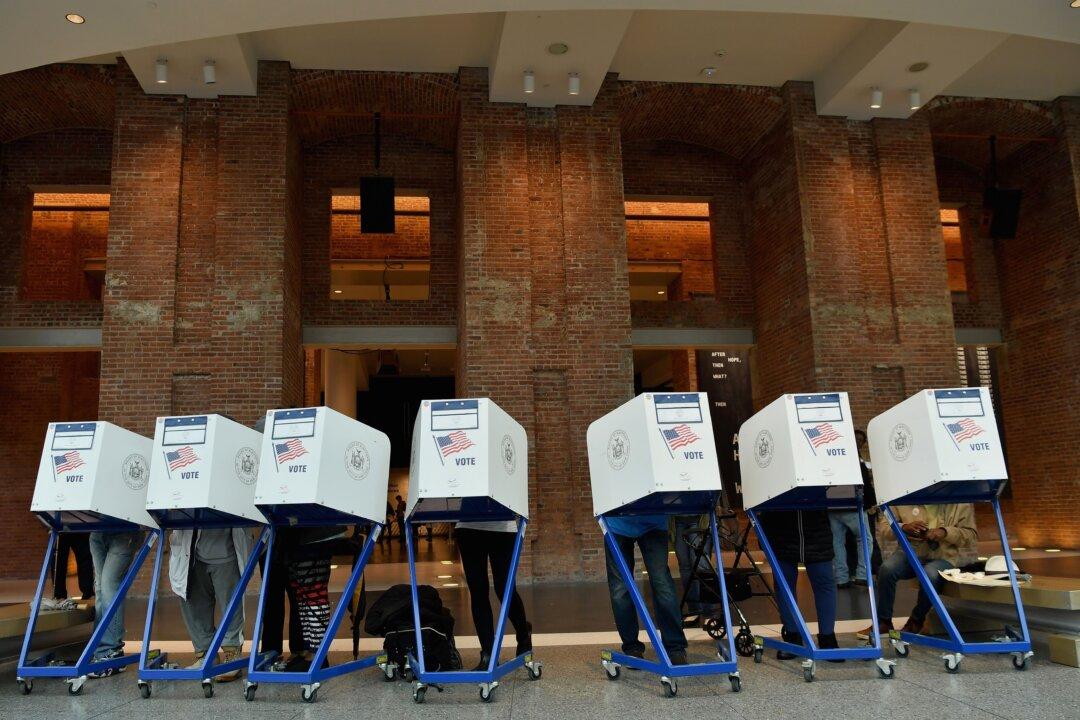Commentary
Listening to some Republican spokesmen predicting a Republican blowout this fall, I have to wonder in what world they’re living.

Listening to some Republican spokesmen predicting a Republican blowout this fall, I have to wonder in what world they’re living.